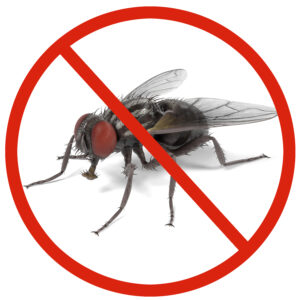Byron Reid, VMD
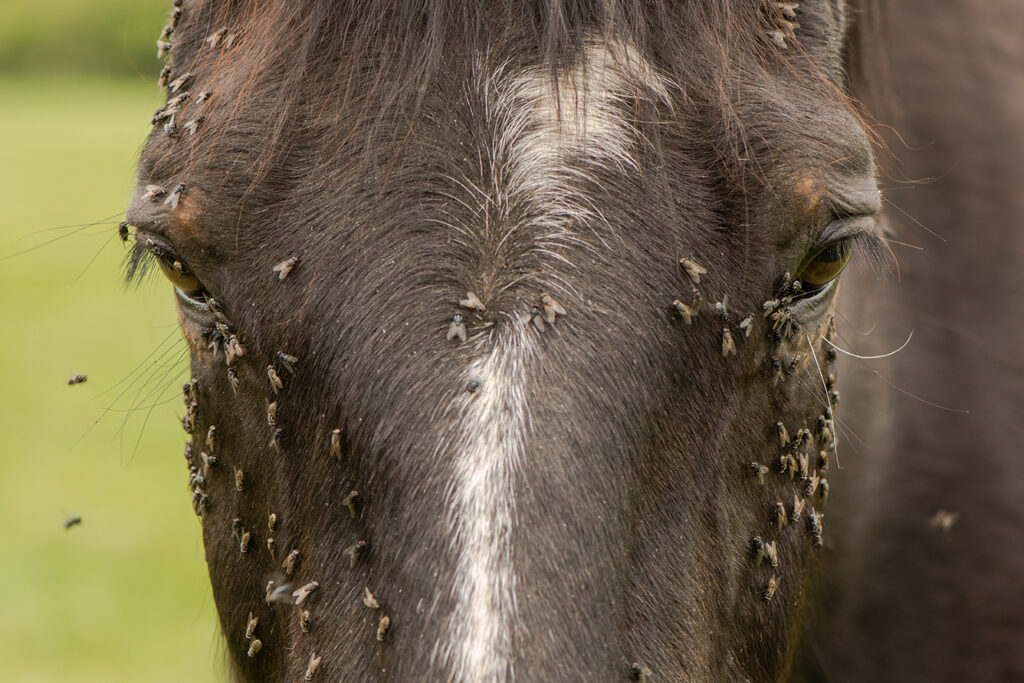
How do we recognize a summer sore?
Expect any wound that a horse acquires where the skin is broken or irritated to be at risk of being or soon becoming a summer sore. If you notice a wound on your horse that seems swollen or irritated and has persisted for more than a day or two, especially if it seems to itch, the horse is likely to have a summer sore. Chronic wounds that proliferate and seem to mound and grow instead of shrinking and covering with healing epithelium (skin tissue) are very likely summer sores.
What do we do to treat and try to prevent summer sores?
It’s important to understand at least some of the aspects of the way summer sores come about in order to try and resolve them. A few facts will help in understanding what summer sores are and may allow you to focus energy in the right direction in treating and preventing them.
First, summer sores or habronemiasis lesions come about only when house flies (musca domestica) or face flies (musca autumnalis) visit breaks in the skin or exposed mucous membranes on your horse.
Secondly, summer sores are caused by small nematode (worm) larvae. The adults of these nematodes live in the stomach wall in horses and usually create raised, thickened lesions in the stomach wall where they live and reproduce. Their larvae are passed into the stomach and eventually end up in the manure on the stall floor, pasture or manure pile. Adult flies light on fresh horse manure and both feed and deposit their own eggs. In the process of feeding on the manure, habronema (stomach worms) larvae are ingested by the fly and regurgitated during later feedings occurring on equine tears, saliva, urine, mucous membranes, wounds, horse feed, etc.
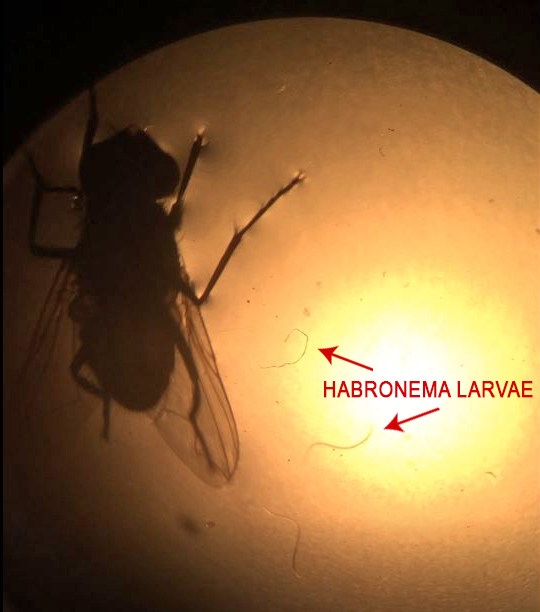
The successful completion of the life cycle of the habronema requires the flies to regurgitate the larvae on the lips of the horse. Larvae are then eaten, finding their way to the equine stomach. However, if the larvae are regurgitated by the fly on the mucous membranes of the eyes or the urethra of a gelding or onto a wound, then the confused larvae burrow in. They have no chance to reach adulthood but incite an inflammatory reaction and an allergic response in the wound or mucous membrane. This causes itching in the horse and subsequently, the wound is traumatized further, bleeds, and attracts more flies. More larvae are deposited and the summer sore enlarges and persists.
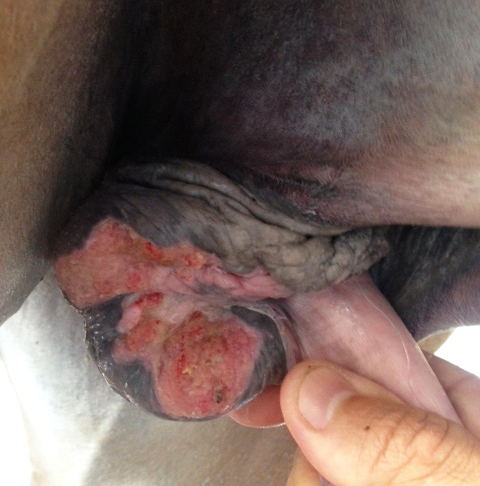
Some prepucial (sheath) summer sores recur year after year and grow sequentially, eventually causing gravitational skin stretching with grotesque enlargements that may not even appear like summer sore at certain times. At this point, surgery is needed to remove the offending tissue.
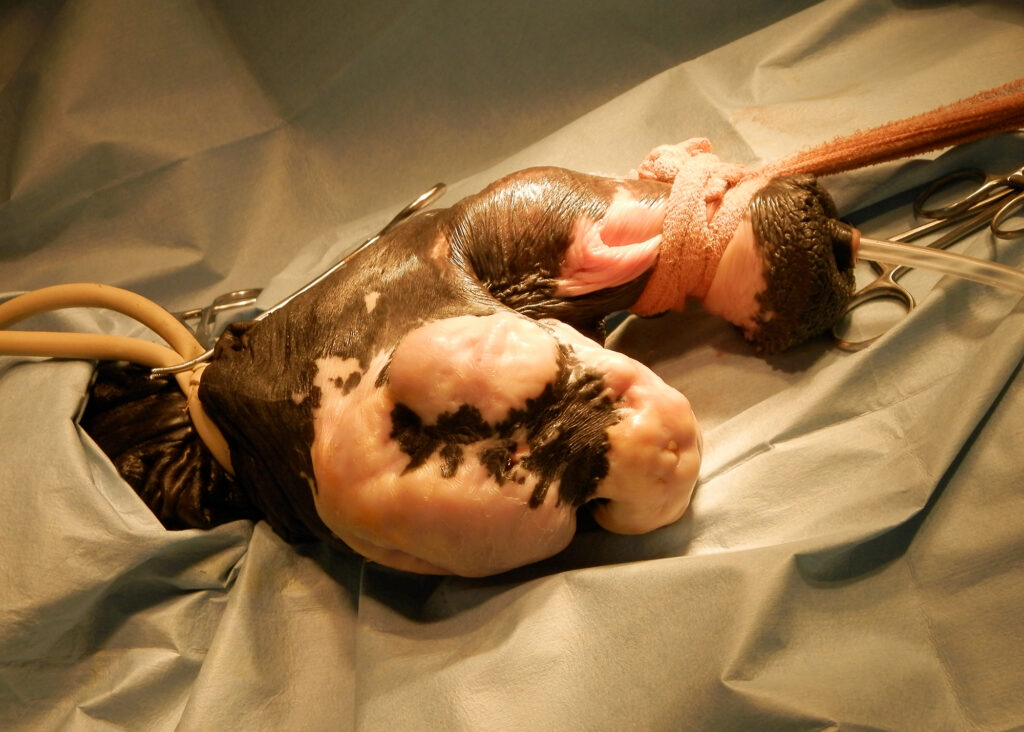
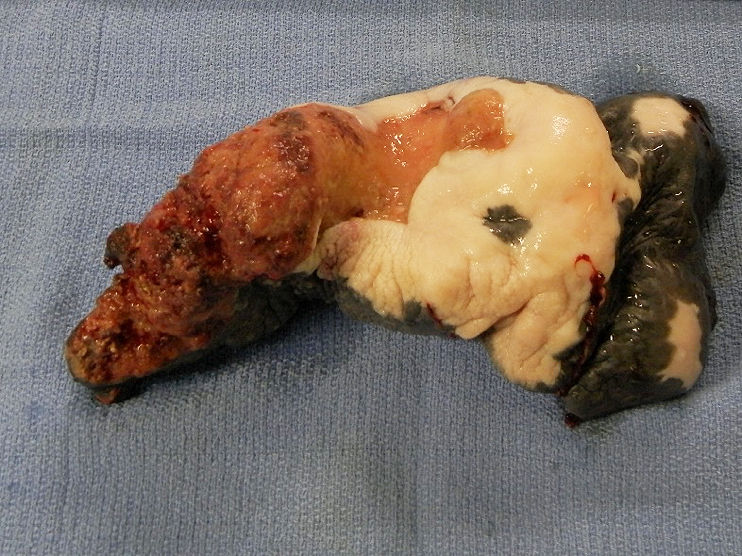
Wormers are No Longer Effective Against Habronema
Ivermectin and Moxidectin used to be effective against habronema. The manufacturers of these products make no such claims, but we know this based on the fact that summer sores disappeared in Palm Beach County in the months and years following the introduction of these wormers. Unfortunately, the reappearance of summer sores signals that the wormers are no longer effective against habronema.
It seems that certain individuals in any barn are somehow more susceptible than others to the acquisition of summer sores. Affected individuals may react more vigorously to the larvae with more itching and self-mutilation and possibly a more vigorous allergic response causing more intense itch.
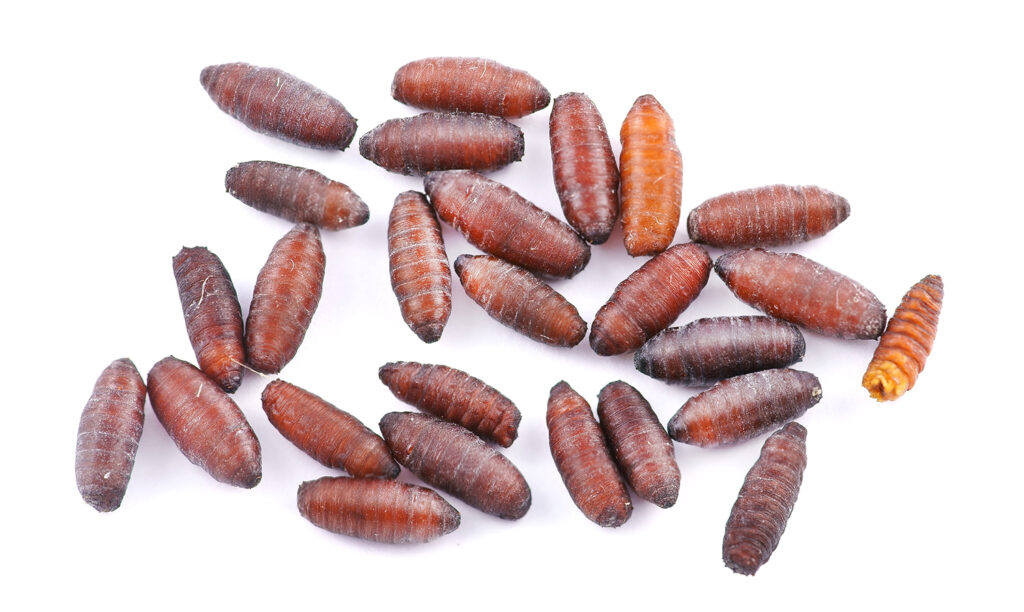
Existing summer sores should be bandaged at ALL times if they are in an area amenable to bandaging. A safely applied adhesive bandage or a padded bandage will work. It is CRITICAL that during the changing of the bandages, that no flies be allowed to feed on the wound. In areas where bandaging is not possible such as the prepuce or the urethral process of the penis, frequent liberal application of fly repellents (ointments in particular, as sprays don’t last and can be irritating) are needed. Farnam’s SWAT, a good example of a repellent that stays put and works, is recommended. Topical corticosteroids are strongly recommended to decrease the itch and subsequent self- mutilation which attracts flies and perpetuates the cycle. There are products available at most veterinary clinics that combine corticosteroids with fly repellents.
ANY strategy that is directed against the development of new summer sores or toward the cure of existing summer sores must address the fact that summer sores ONLY occur when house flies and face flies are involved. Because of this, my strategy in treating and preventing summer sores has recently been to target flies, not the habronema larvae.
